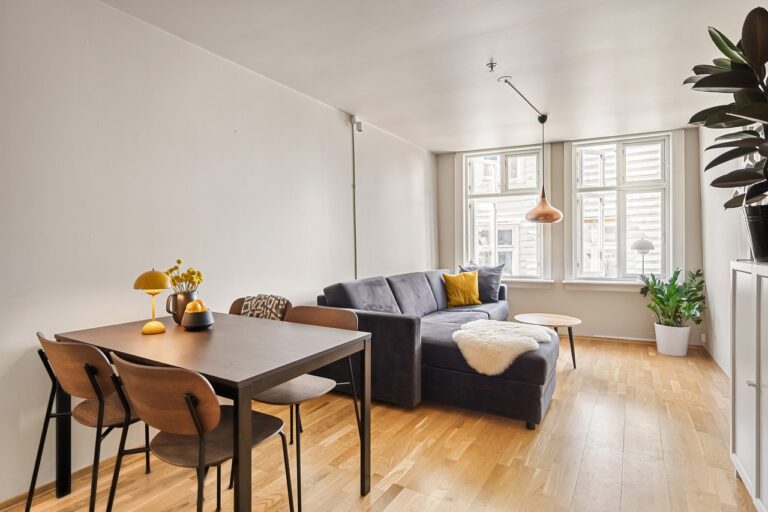Incorporating Smart Home Lighting Systems for Convenience
In today’s fast-paced world, convenience is key. With smart home technology becoming increasingly popular, more and more homeowners are looking for ways to incorporate these innovative systems into their daily lives. One of the most popular and useful smart home technologies is smart lighting systems. These systems allow you to control your lights from anywhere in the world, set schedules for when your lights turn on and off, and even change the color and brightness of your lights with just a few taps on your smartphone. In this article, we will explore how you can incorporate smart home lighting systems for ultimate convenience.
Benefits of Smart Home Lighting Systems
Before diving into how to incorporate smart home lighting systems into your home, let’s first explore some of the benefits of these innovative systems:
1. Convenience
One of the biggest advantages of smart home lighting systems is the convenience they offer. With just a few taps on your smartphone, you can turn your lights on and off, set schedules for when your lights should be on or off, and even dim the lights to create the perfect ambiance for any occasion.
2. Energy Efficiency
Smart lighting systems are designed to be energy-efficient. With features like motion sensors and the ability to set schedules for your lights, you can ensure that your lights are only on when they need to be, helping you save on energy costs in the long run.
3. Security
Smart lighting systems can also enhance the security of your home. With features like geofencing, you can set your lights to turn on automatically when you arrive home, deterring potential intruders. You can also set your lights to turn on and off randomly when you’re away, giving the impression that someone is home.
How to Incorporate Smart Home Lighting Systems
Now that we’ve explored the benefits of smart home lighting systems, let’s take a look at how you can incorporate these systems into your home:
1. Choose the Right Smart Bulbs
The first step in incorporating smart home lighting systems is to choose the right smart bulbs for your home. There are a variety of smart bulbs on the market, ranging from basic white bulbs to color-changing bulbs. Consider your preferences and needs when choosing the right bulbs for your home.
2. Install a Smart Hub
To control your smart bulbs, you will need a smart hub. This hub acts as the central command center for your smart lighting system, allowing you to connect and control all of your smart devices from one place. Popular smart hub options include Philips Hue, Google Home, and Amazon Alexa.
3. Set Up Your Smart Bulbs
Once you have chosen your smart bulbs and installed a smart hub, it’s time to set up your smart bulbs. This typically involves screwing in the bulbs, connecting them to your smart hub, and downloading the corresponding app to control your lights.
4. Customize Your Lighting
With your smart bulbs installed and connected, you can now customize your lighting to suit your needs. Set schedules for when your lights should turn on and off, create scenes for different occasions, and adjust the brightness and color of your lights to create the perfect ambiance.
5. Explore Additional Features
Once you have your smart lighting system set up, take some time to explore additional features. Many smart lighting systems offer features like voice control, geofencing, and integration with other smart home devices, allowing you to truly personalize your home’s lighting experience.
FAQs
Q: Can I control my smart lights when I’m away from home?
A: Yes, most smart lighting systems allow you to control your lights from anywhere in the world using a corresponding app on your smartphone.
Q: Are smart bulbs energy-efficient?
A: Yes, smart bulbs are designed to be energy-efficient, helping you save on energy costs in the long run.
Q: Can I set schedules for when my lights turn on and off?
A: Yes, you can set schedules for your lights to turn on and off at specific times, helping you save energy and enhance the security of your home.
Q: Do smart lighting systems work with other smart home devices?
A: Yes, many smart lighting systems are compatible with other smart home devices, allowing you to create a seamless smart home experience.
By incorporating smart home lighting systems into your home, you can enhance convenience, energy efficiency, and security while creating a truly personalized lighting experience. Take the time to explore the different smart lighting options available and create a lighting system that suits your preferences and needs.







